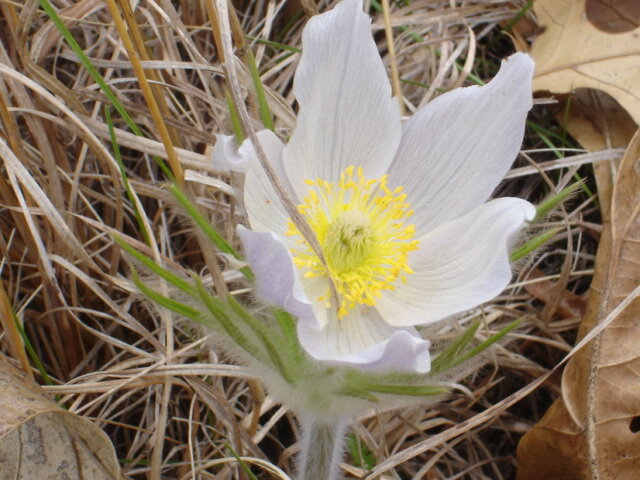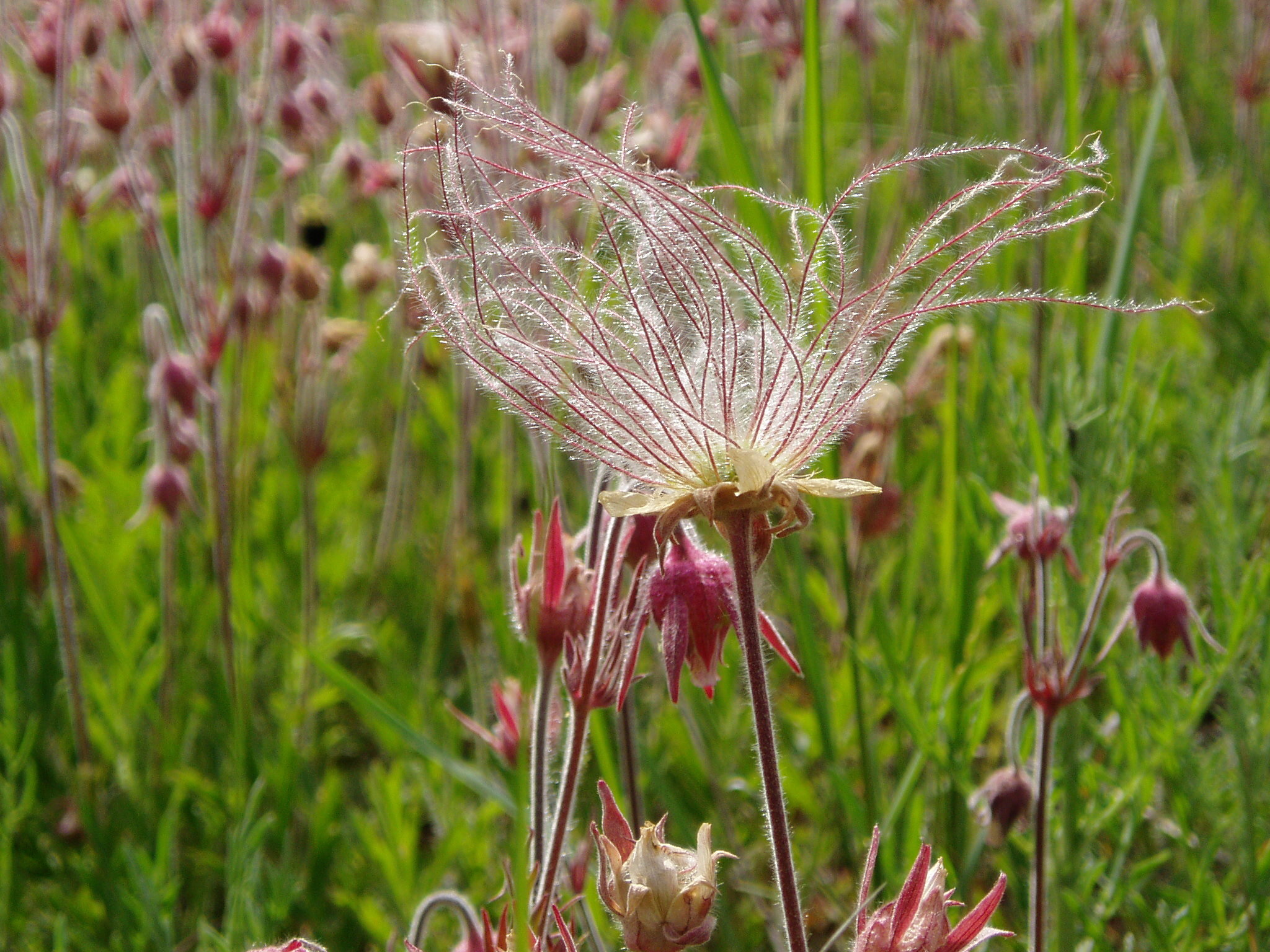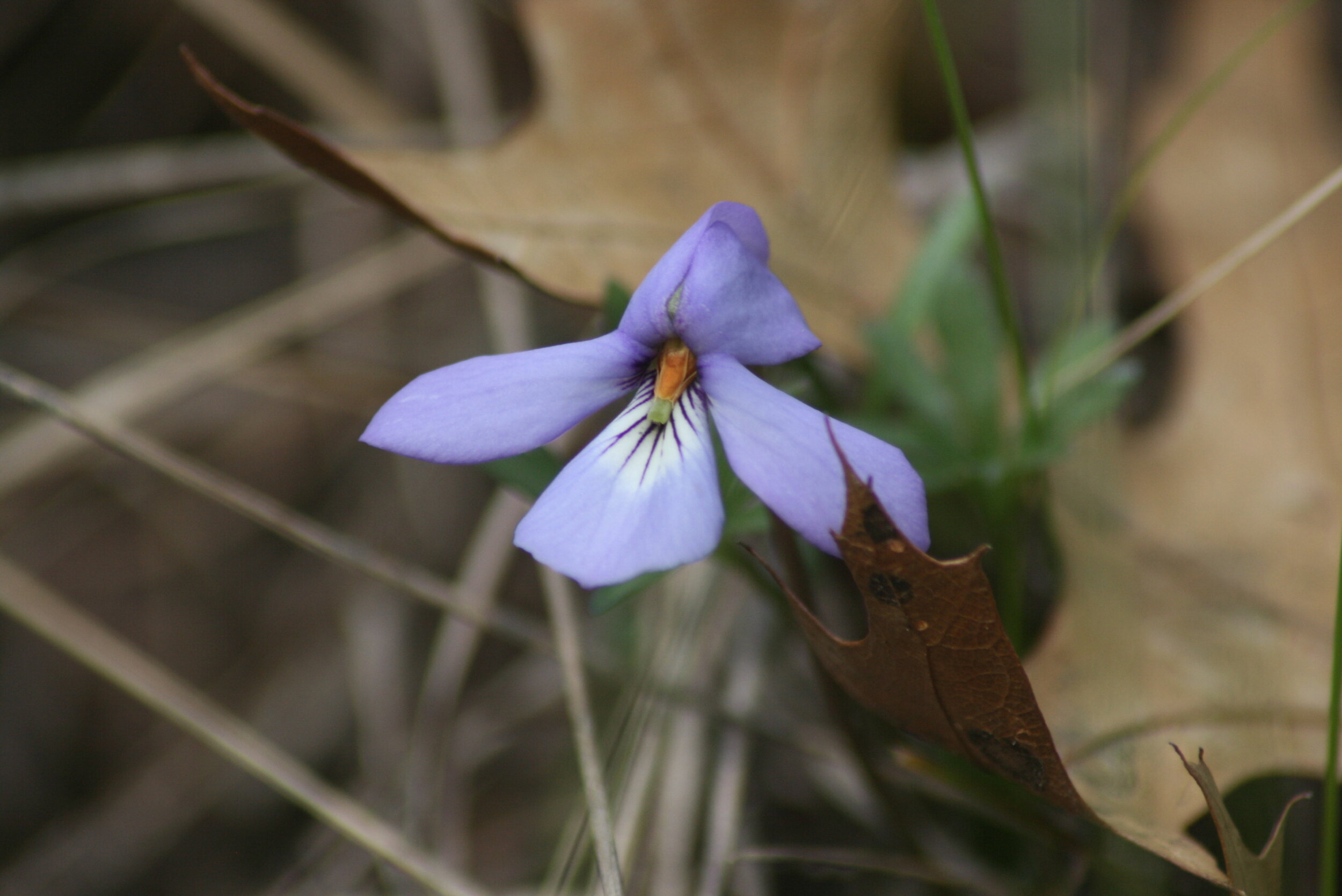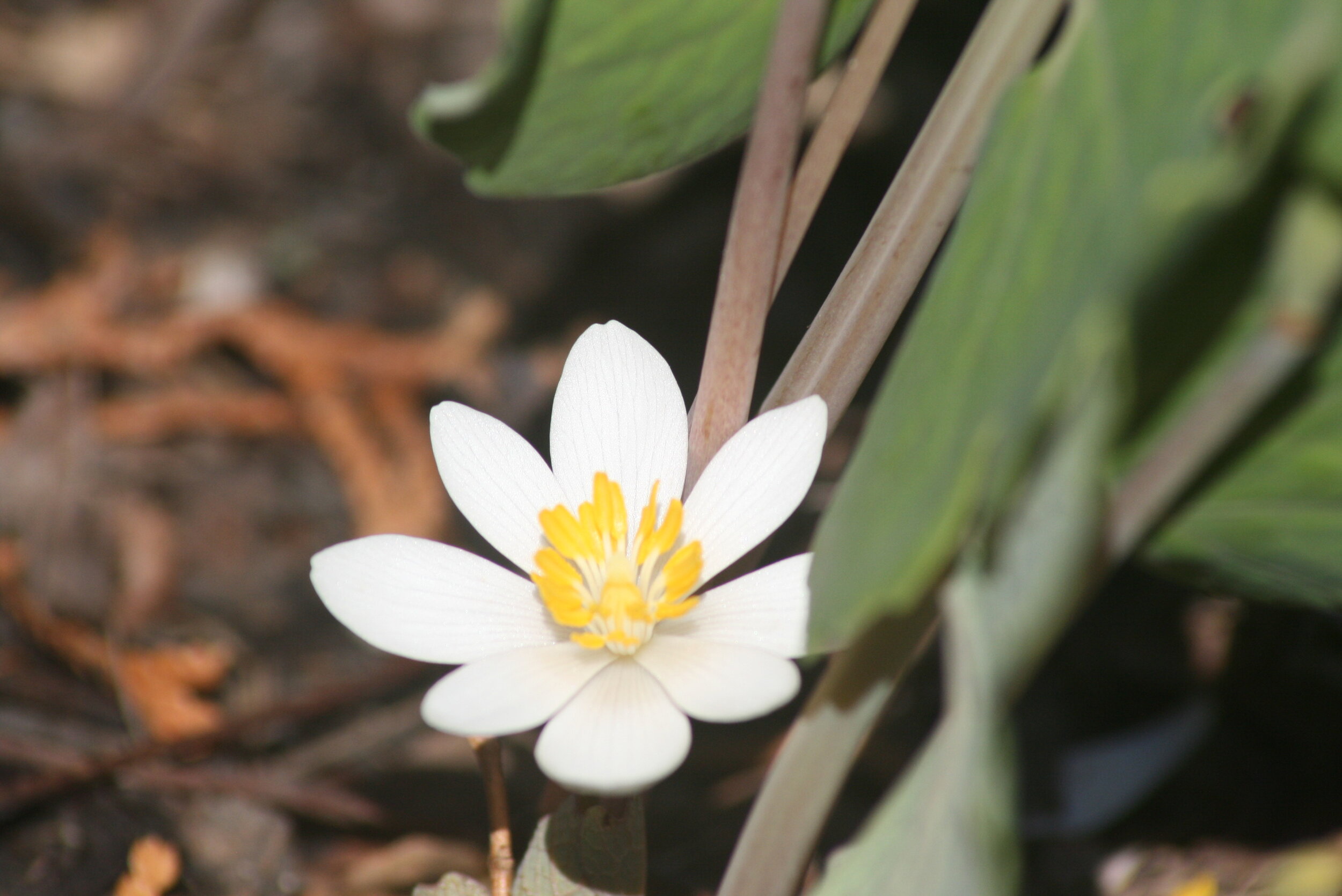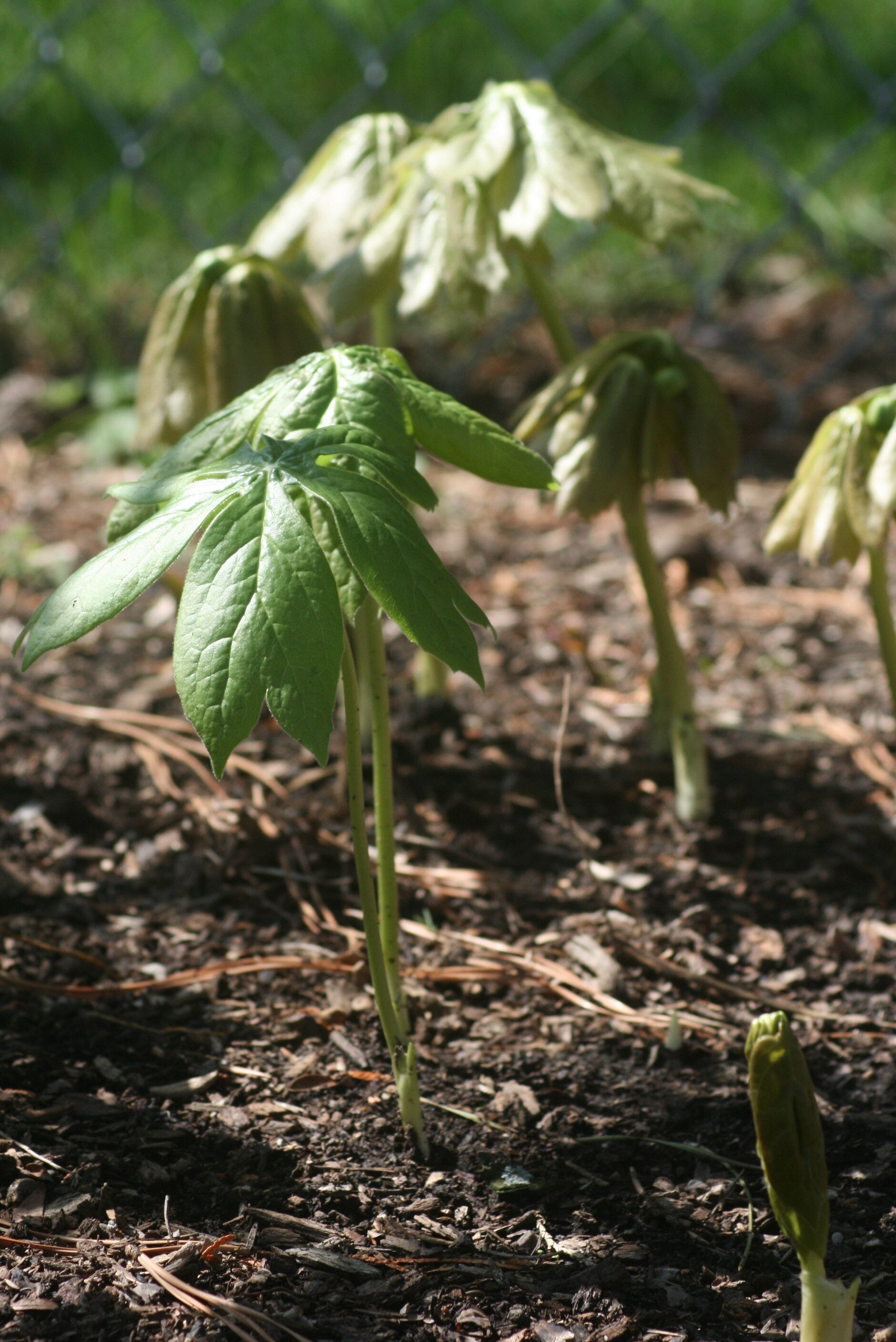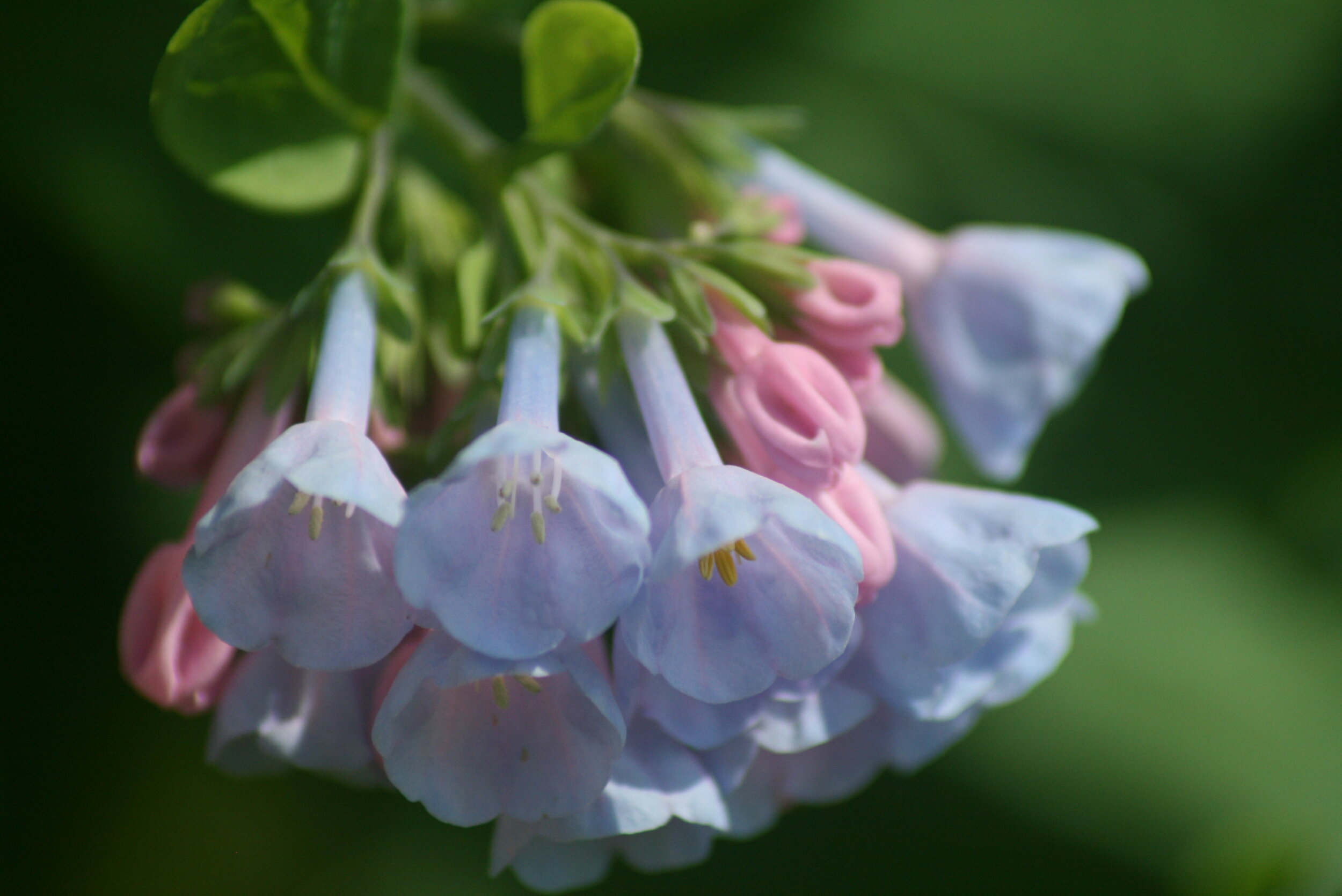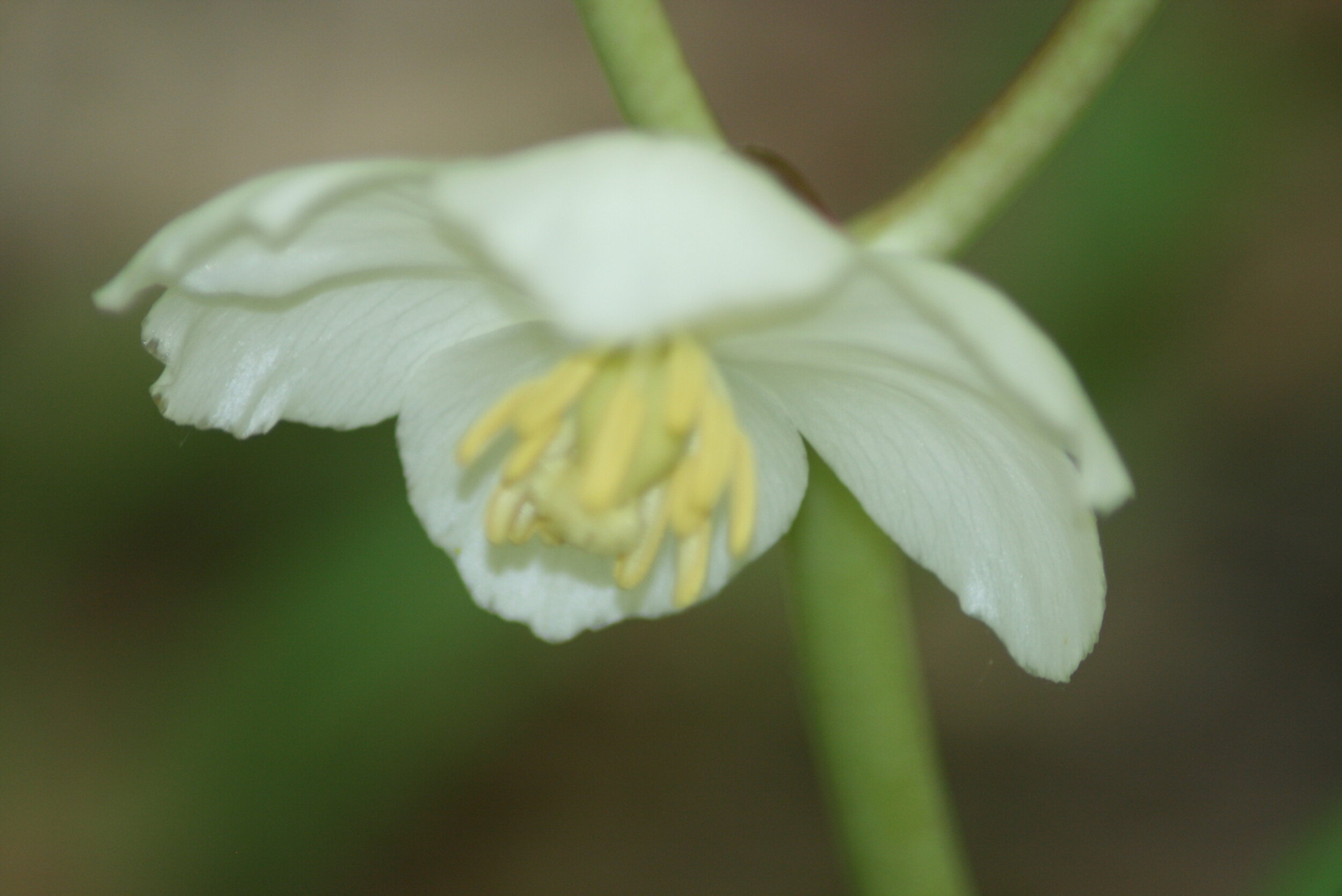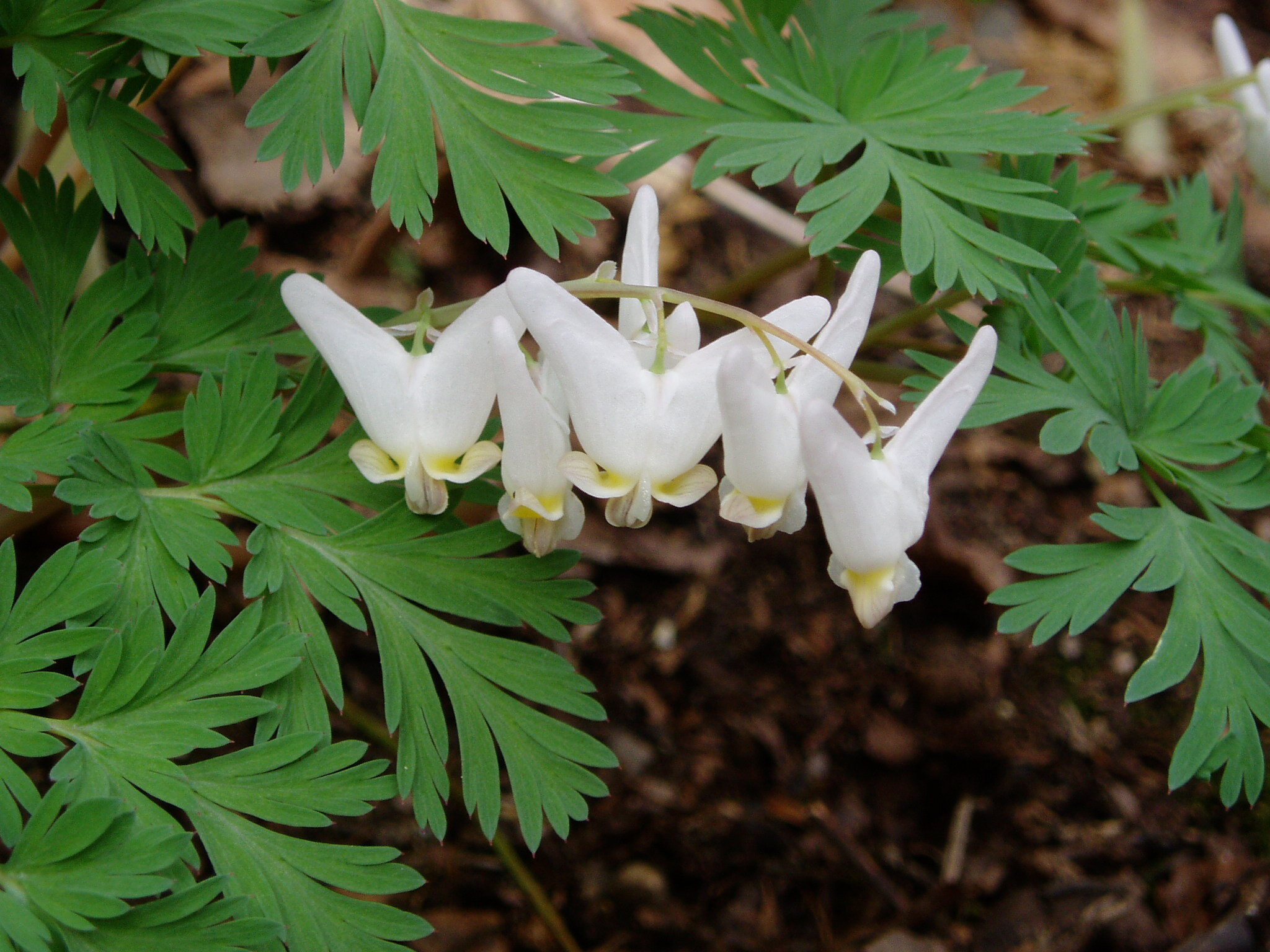Watching for the Ephemerals
/Spring is the time for ephemerals – a fancy term for the tiny plants that emerge from damp, cold soil before the trees or shrubs have even thought of coming to life. Ephemerals are so named because the word ephemeral, which literally means “lasting only a short time.” Emerging sometimes with blossoms before foliage, they appear typically in the woods, in early spring when moisture and sun are abundant because the overhead trees are bare. By the time the forest canopy is leafed out and shade covers the ground below, the ephemerals are already gone. They live on underground until the next spring when they will bloom again. Their above-ground life cycle: leafing out, blooming, seeding and dying back, is already complete, or persists only as remnant foliage.
Gardeners in Illinois have many native ephemerals to consider. They do best in spots that look empty when the snow melts, but become shady under shrubs or trees later in the season. An example: I filled the space underneath a grove of large viburnums with Virginia bluebells. The bluebells bloom in April and fill the empty bed with bright blue flowers, then die back just in time for the tall Korean viburnums to leaf out and blossom with snowball-like white flowers that are full of the fragrance of spring. In the back garden, another spring ephemeral, Mayapple creates an unusual carpet of umbrella-like plants under tall shrubs for all of the spring season.
I also like to use ephemerals in my designs by walkways or doorways, where observant people are most likely to see them. Their blossoms are tyrically very tiny! In my own garden, the front bed walkways are lined with shooting star, Dutchman’s breeches, hepatica, trillium, bloodroot, trout lily, and others.
For a list of spring ephemerals in your area, ask for “native spring ephenerals in (your state) “ in your search engine. Here you see a number of examples in the pictures I’ve provided. They are, from left to right, starting with the top row:
Pasque Flower ( Pulsatilla patens), Prairie Smoke (Geum triflorum) , Birdsfoot Violet (Viola pedata) Bloodroot (Sanguinaria canadensis) , Mayapple foliage, easily recognized by its umbrella-like leaves. Virginia bluebells (Mertensia virginica), Mayapple blossom (Podophyllum peltatum), Dutchman’s breeches (Dicentra cucullaria)


